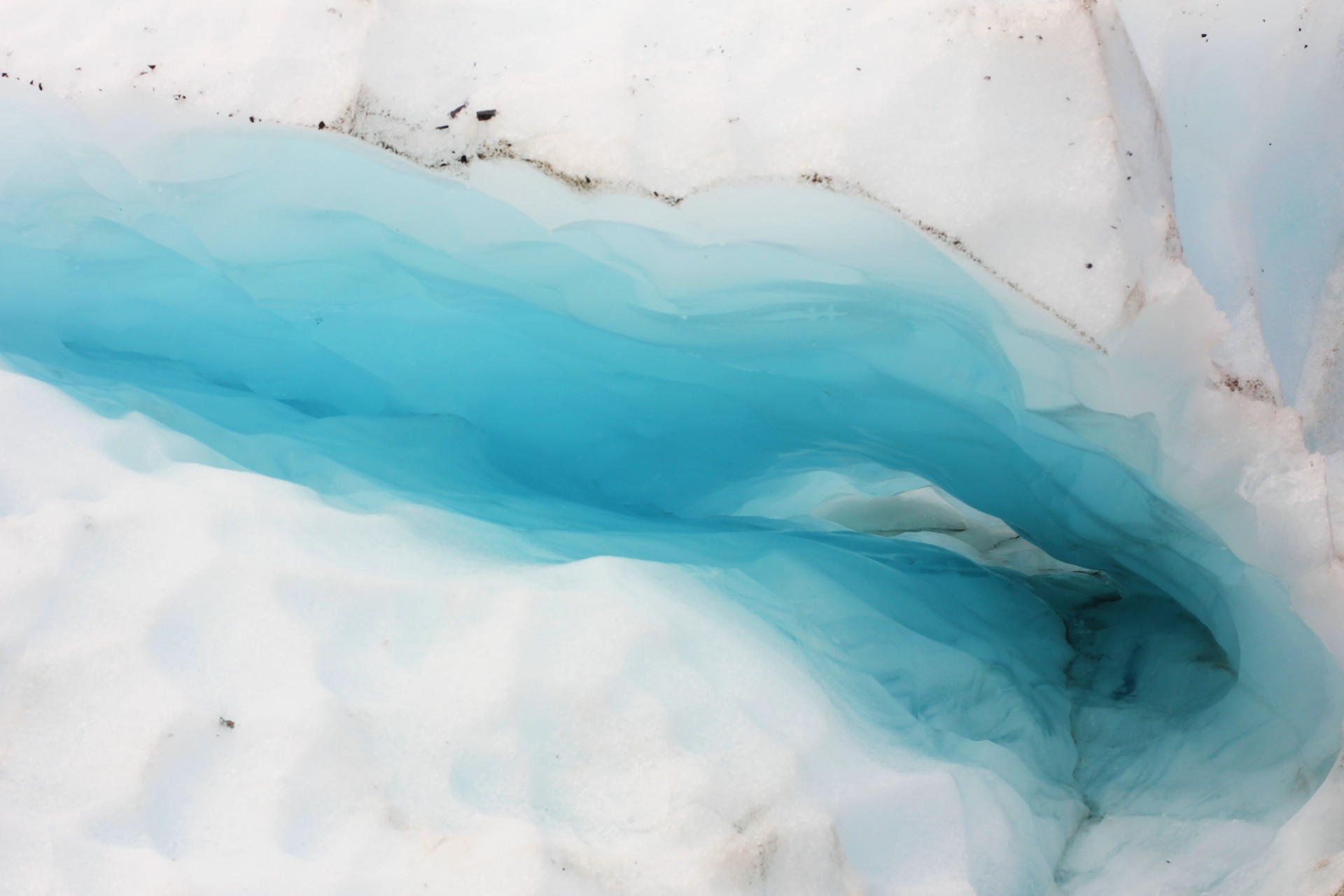Land
The land area of Westland District comprises approximately 11,880 km² (1,188,017 hectares).
Westland District stretches some 400 kilometres from the Taramakau River in the north to Barn Bay in the south and is bordered by the Tasman Sea to the west and the magnificent Southern Alps to the east. The western boundary is mean high water springs (MHWS) on the Tasman Coast and the eastern limit is a line running along the Main Divide of the Southern Alps/Ka Tirititi o te Moana. Within its boundaries can be found flowing icy glaciers, rugged beaches scattered with driftwood, bush-clad mountains and crystal clear lakes and rivers surrounded by towering native forests. Entry into Westland from the East Coast is through the stunning Arthurs or Lewis Passes which are forever changing depending on the season, while from the south the journey through the Haast Pass into South Westland is simply spectacular. Nature has endowed our District with scenery that is not only stunning and spectacular but also varied and ever changing and with over 80% of the land area now under Department of Conservation stewardship, this will continue to be the case in the future.
The motto of the Westland District Council is "Westland - the last best place". This is epitomised by the annual Hokitika Wildfoods Festival offering treats that are a combination of the bizarre and the tantalising. Westland can still present at times the 'wild', in the characters that frequent our communities, the weather which can be spectacular, if wet or fine, and the natural environment which is part of our landscape. It can however also be sophisticated and serene. Clear and still sunny weather, that continues for weeks on end, sometimes amaze visitors who have heard the hype about Westland's rain. The region is well catered for with high class accommodation and award winning restaurants and cafés. Our people have entered every walk of life, business, scientific and artistic field in almost every corner of the world with considerable success. Almost without exception, each retains a deep bond with Westland and are proud to call it home.
The District has common boundaries with Grey, Selwyn, Hurunui, Ashburton, Mackenzie, Waitaki, Queenstown-Lakes and Southland Districts and comes within the jurisdiction of the West Coast Regional Council.
Scenic Westland
Population
The resident population of the District is over 8000, the majority of whom live in Hokitika. Other significant settlements include Fox Glacier, Franz Josef Glacier/Waiau, Kumara, Whataroa, Ross, Harihari and Haast. The main potential for significant growth is in the tourism and dairy industries. Any resultant increase in population will have a positive influence on community viability and associated services.
Others have discovered the uniqueness of our District. Tourist numbers continue to grow with the major attraction being the Glacier Region. However communities throughout the region are now reaching out to entice and hold the curious and the visitor. Trampers, fishermen, hunters, casual walkers, the intrepid adventurer, the motorist and the tour parties are all finding and relishing the opportunities that are on offer, while the advent of the national cycleway network is viewed as an exciting opportunity to further market the area.
The economic situation is continuing to grow and expand. The Westland Milk Products processing plant, located at Hokitika, is the District’s largest employer and has in-excess of 350 suppliers from throughout the West Coast Region. More dairy farms are being developed each year. The accommodation sector continues to grow with new hotels, motels and home stays being built. New initiatives are being positively and proactively pursued. Crafts, arts and small cottage businesses abound. The unemployment level is among the lowest in the country while the cost of housing remains very attractive, particularly in the rural area. Roading, water, and basic infrastructure are good yet are being constantly addressed and improved. Although possessing a small population, Westland has a heritage of tenacity, innovation and progressiveness.
As we head towards the future, these qualities will ensure a District that thrives yet retains all those unique aspects that will continue to ensure it is a great place to visit, live and work.
Text text

Sunset on the West Coast NZ

Fox Glacier
Text Text
Text text

Westland National Park





